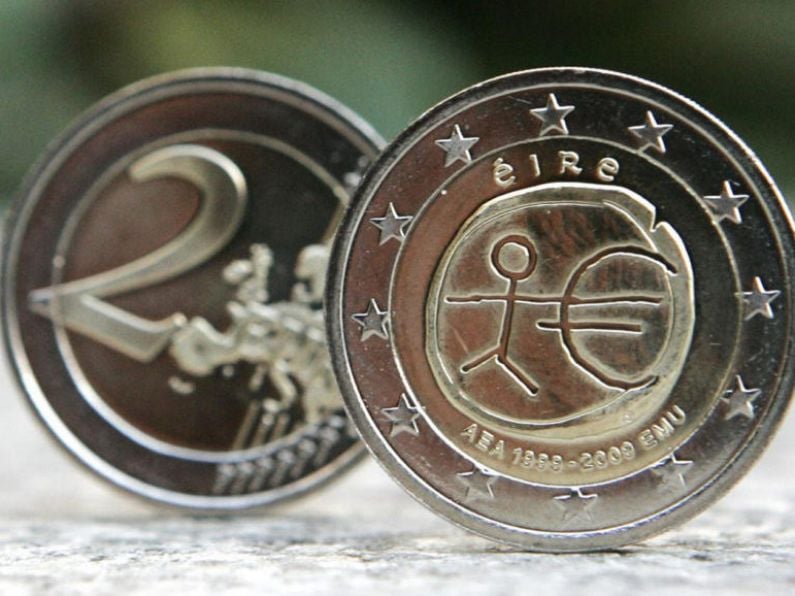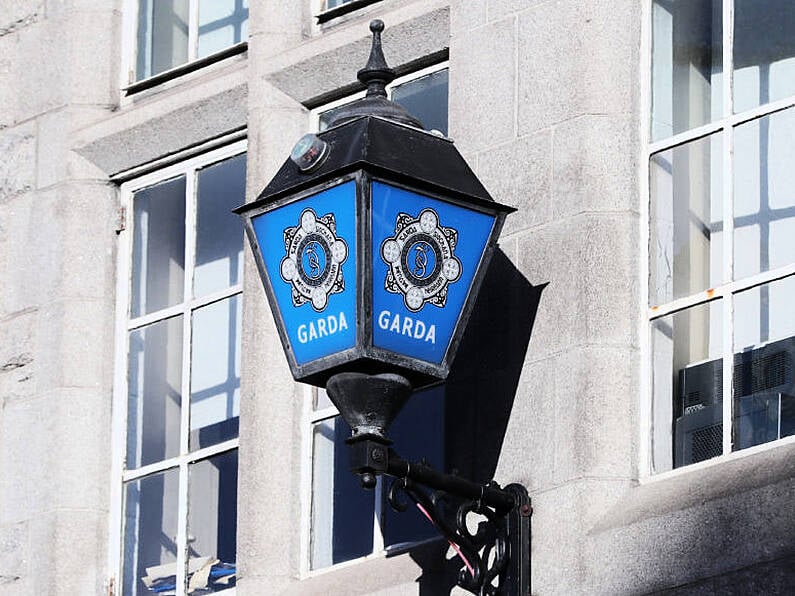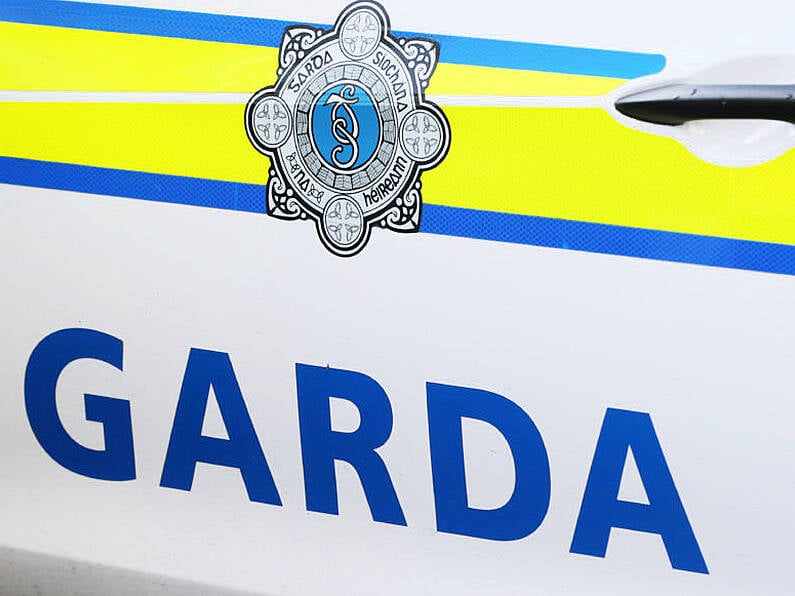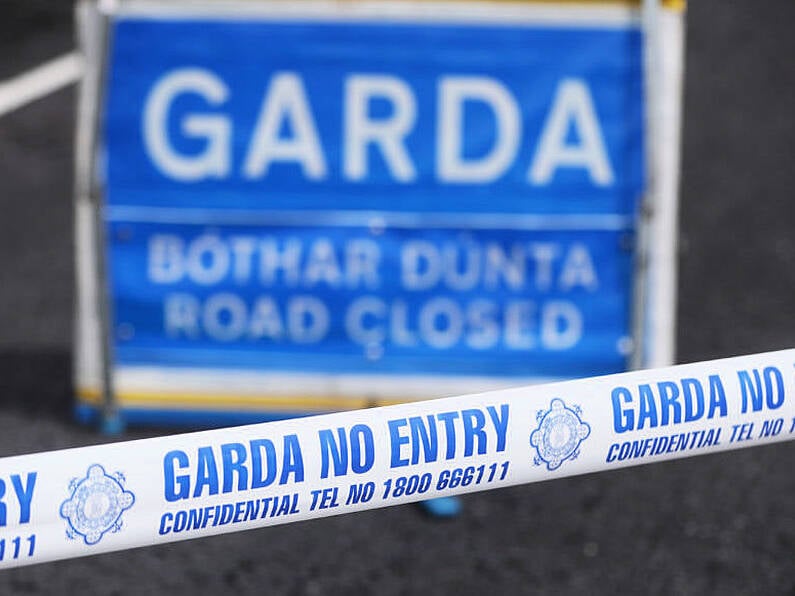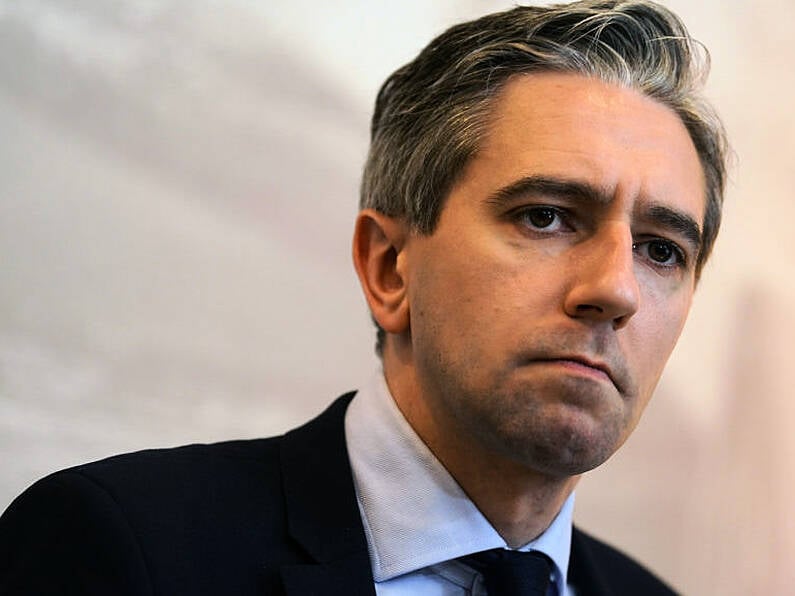By Cate McCurry, PA
The public has been warned to be aware of the possible circulation of fake €2 coins after gardai seized a large amount of counterfeit currency.
Officers from Raheny Garda District launched an investigation into the suspected circulation of bogus two-euro coins and carried out a number of searches at the end of July.
During these searches, coins with an apparent face value of €2,920 were seized.
They were examined and confirmed to be a counterfeit currency, gardai said.
Officers said it is the first large seizure of counterfeit coins in this jurisdiction.
As a result of the operation, one person was charged and appeared in court in July.
Assets to the value €73,986.62 have been frozen in bank accounts.
Members of the public can find information on how to spot counterfeit currency on the Central Bank website.
Advice includes visual inspection of suspect coins, possibly with a magnifying glass, to compare them with known genuine coins.
A fake coin will have poor quality image detail, a different coloured ring or core, missing edge lettering, or incorrect spelling, according to the website.
It could also be a different size, thickness, diameter or weight.
Some counterfeits also bend, and genuine €2 and €1 coins are slightly magnetic.
A garda spokesman said: “By using a magnet you should be able to lift the coin up, but with the weight of the coin and the slight magnetism you should be able to shake the coin off the magnet with ease.
“Most counterfeit coins are either very magnetic, non-magnetic, or just the ring is magnetic due to the materials used.
“Genuine 50-cent coins are non-magnetic. You could also compare the suspect note or coin with a known genuine specimen.”
Members of the public who suspect they have a counterfeit note or coin can take it to a local bank, garda station, or the Central Bank’s National Analysis Centre (NAC) or Coin National Analysis Centre (CNAC).
